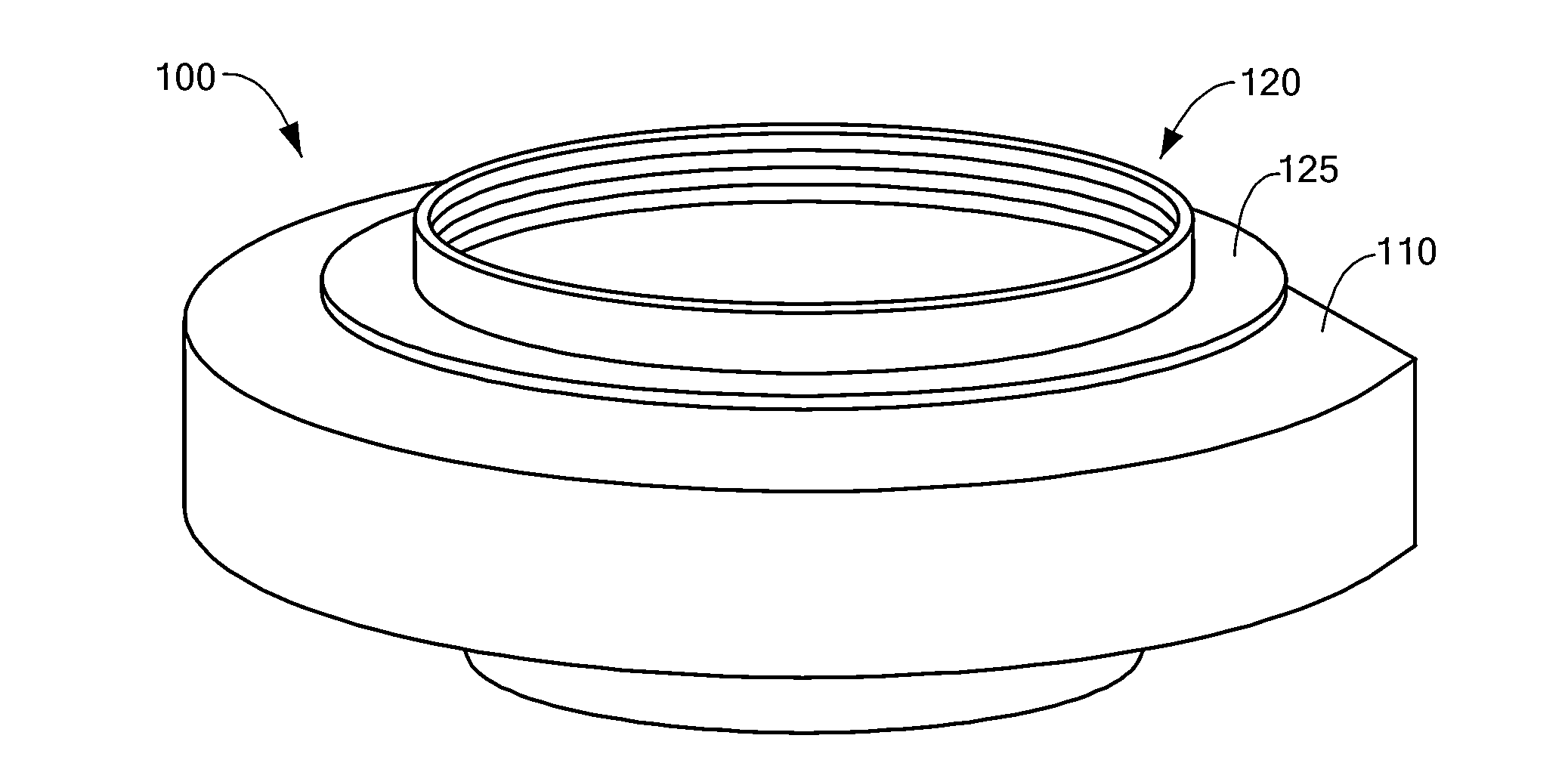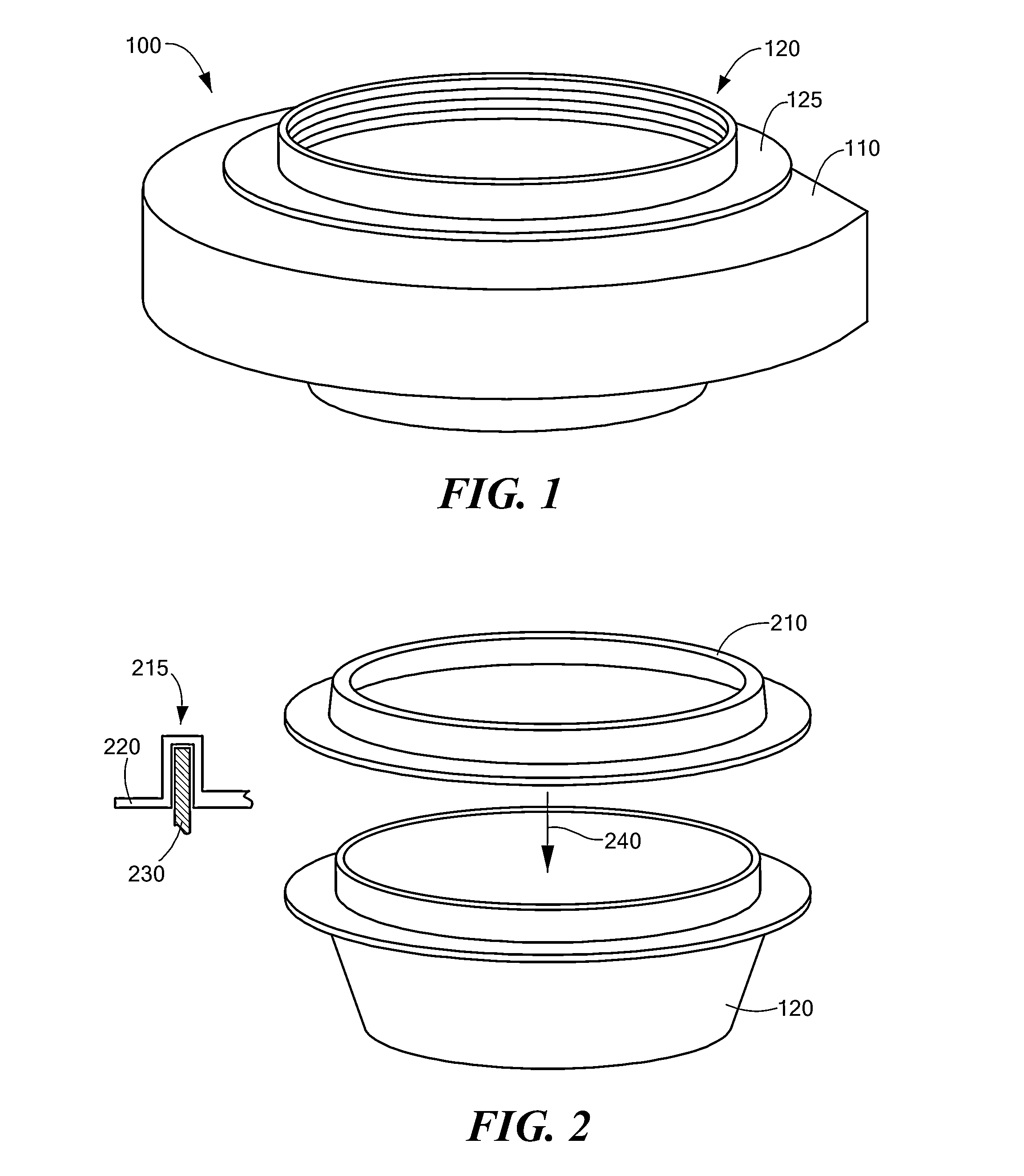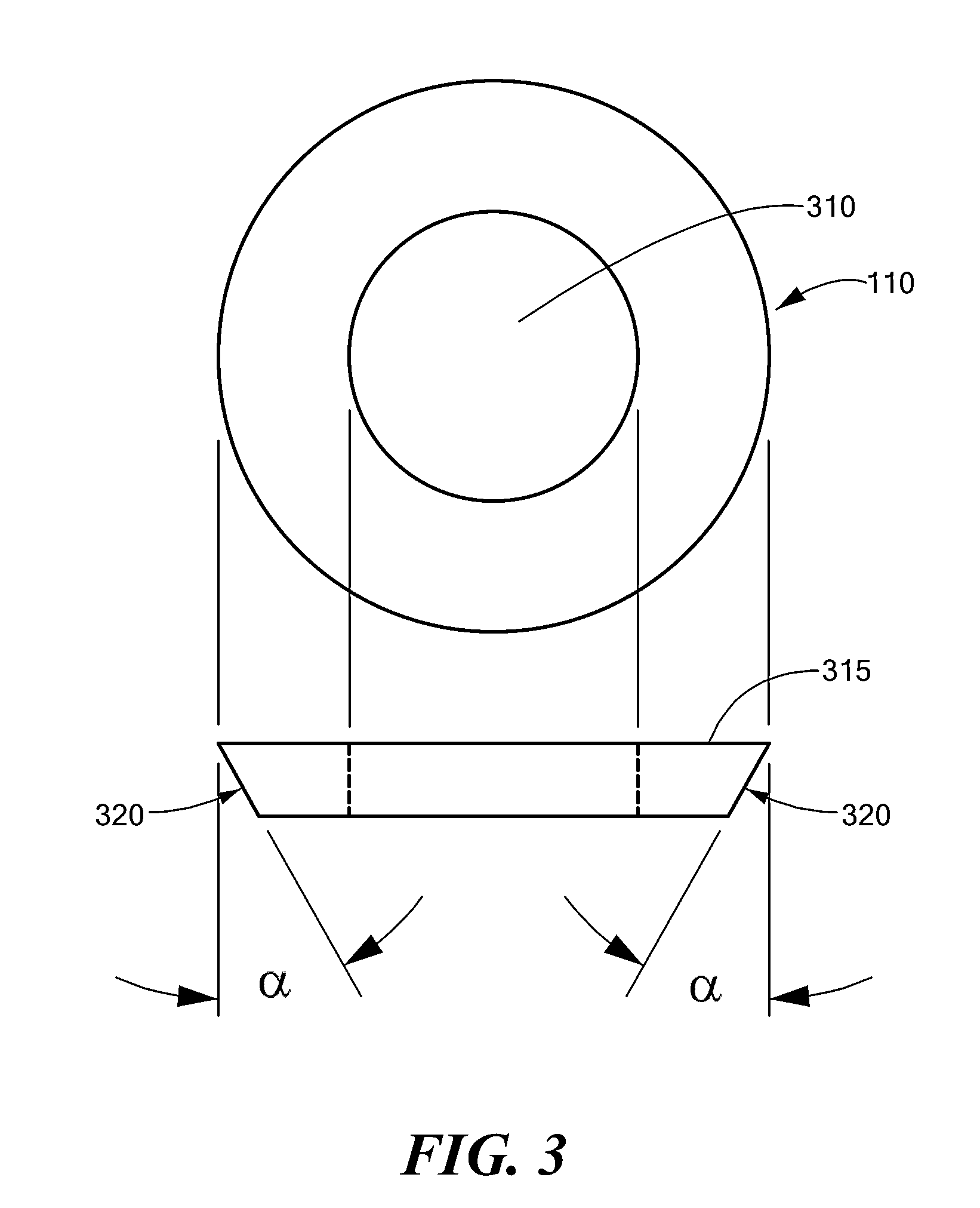System and Method for Disposal of Mutagen Waste
a technology of mutagen waste and system, applied in the direction of transportation and packaging, other chemical processes, coatings, etc., can solve the problems of difficult and costly transportation of contaminated materials to facilities, inability to effectively eliminate chemical materials, and airborne dangers, etc., to achieve the effect of removing residual contamination
- Summary
- Abstract
- Description
- Claims
- Application Information
AI Technical Summary
Benefits of technology
Problems solved by technology
Method used
Image
Examples
Embodiment Construction
[0039]Illustrative embodiments of the invention present a method and a system for safely collecting and disposing human waste from a patient treated with a dangerous pharmaceutical that advantageously prevents damage to the environment and other people. Various embodiments of the invention include a composition that includes an organic polymer and an inorganic polymer, that when combined with, for example, human waste including a dangerous pharmaceutical and water, causes a non-mechanical mixing that effectively disperses the dry inorganic polymer through-out the human waste. Once all the liquid is absorbed by the organic polymer, the dry inorganic polymer will slowly extract the water from the organic polymer and use it in a chemical reaction that covalently bonds the dangerous pharmaceuticals to the inorganic polymer and forms a stable matrix, without the need for mechanical mixing of the inorganic polymer with the hazardous chemical materials. Avoiding mechanical mixing is critic...
PUM
| Property | Measurement | Unit |
|---|---|---|
| height | aaaaa | aaaaa |
| mechanical mixing | aaaaa | aaaaa |
| semi-permeable | aaaaa | aaaaa |
Abstract
Description
Claims
Application Information
 Login to View More
Login to View More - R&D
- Intellectual Property
- Life Sciences
- Materials
- Tech Scout
- Unparalleled Data Quality
- Higher Quality Content
- 60% Fewer Hallucinations
Browse by: Latest US Patents, China's latest patents, Technical Efficacy Thesaurus, Application Domain, Technology Topic, Popular Technical Reports.
© 2025 PatSnap. All rights reserved.Legal|Privacy policy|Modern Slavery Act Transparency Statement|Sitemap|About US| Contact US: help@patsnap.com



